The 8 Best Mobile Podcast Microphones That Won’t Break the Bank
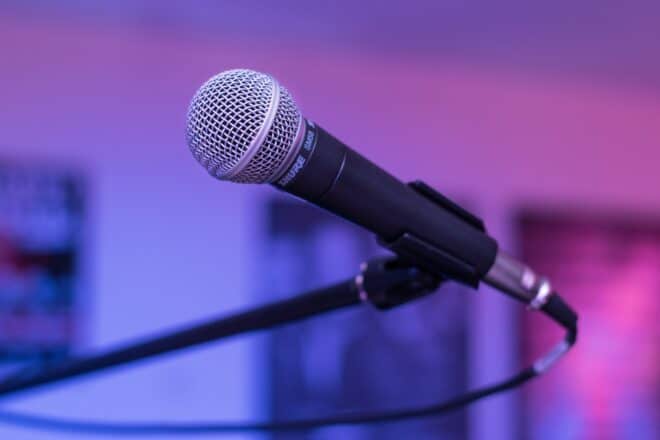
Last updated on January 27th, 2023
Those XLR, or even USB, desktop microphones certainly look cool when recording at the home studio… but what about when you’re out in the field? You need the best podcast microphone for the job. Why?
Recording on the go is a minefield. In the best case scenario, it’s an uncontrolled environment. In the worst case, it’s a torrent of background noise that can drown out whatever it is you’re trying to capture.
Poor audio quality is one of the biggest reasons potential listeners will turn off a podcast. No matter how novel or exciting your field content is, if it sounds like it was recorded in the middle of a warehouse cocktail party, no dice.
You’ve got to bring your A game. That’s why we compiled a list of microphones that are top-notch for mobile recording. They capture great sound, then get out of your way.
So what to consider when making the list?
Considerations For The Best Mobile Podcasting Microphones
How are you going to use the audio recording? Are you recording an interview for a short segment piece? Is this some scintillating b-roll? Will it anchor your a-block?
This is the first consideration when picking a mobile podcast microphone. How integral the audio is to the show’s success.
You only need the minimum viable tool to get the job done.
Gear addiction is real. One of my oldest friends owned a recording studio for a decade. He flirted with insolvency the entire time. Barely made it out without going completely bankrupt.
It’s easy to go overboard, but if you’re doing the occasional field interview, you don’t need a professional rig.
You can always upgrade later if the situation demands it, but, let’s be honest. It won’t. 95% of us got by in 2020 with the free Zoom account.
Mobile podcast gear investment is no different. So, you don’t need to go crazy on your podcast microphone budget.
The Best Mobile Shotgun Mics
If you need to record a specific audio source at a distance, a shotgun mic is the way to go. Shotgun mics have a counter intuitive name. A shotgun has a wide spray, but shotgun mics are laser focused on what you point them at.
These mics work by creating phase interference for any audio that isn’t directly in front of them. It’s a similar concept to how your noise-cancelling headphones work. (Similar, comments section, not identical).
Shotgun mics are very popular with videographers for obvious reasons. They don’t want a microphone of any description invading their frame. Touchy, aren’t they?
But they’re also a killer solution for recording an interview in a din.
Neewer 14″ Mono Shotgun Mic
$
Connection Type: XLR
Features: Professional cardioid shotgun mic with included shock mount, ¼” cable, 3.5 mm cable, foam windscreen, and faux fur muff.
Review: With the Neewer shotgun mic you get a lot of microphone for very little cost. The audio quality won’t win you any Grammys, but for podcasting? Can’t be beat for the price. The extra accessories included make it the absolute budget kit. No low battery indicator which can be trouble in the field, so stock up or bring a hot swap mic.
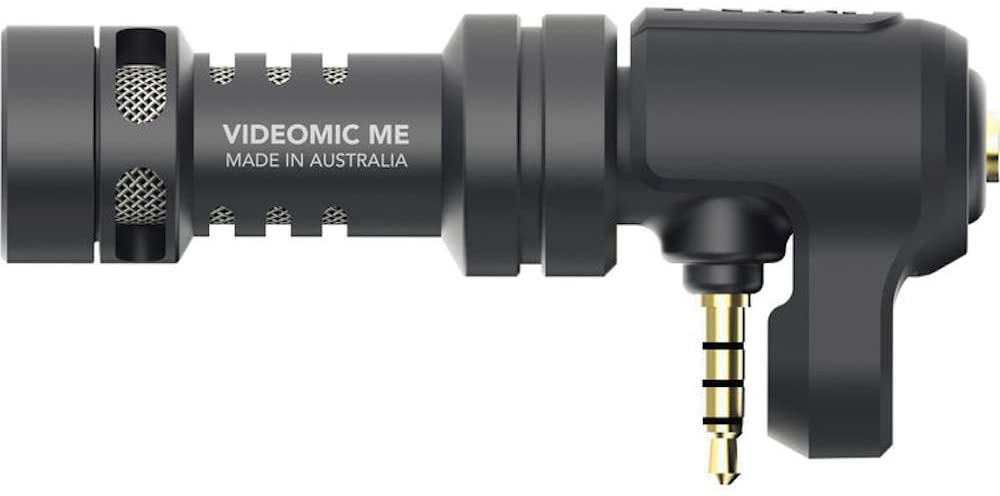
Rode VideoMic Me Compact TRRS Cardioid Mini-Shotgun Microphone
$$
Connection Type: 3.5 mm
Features: Extremely lightweight at only 43 grams, and device powered, this shotgun mic is built for all day recording. Features a built-in 3.5 mm headphone jack for live software monitoring.
Review: This is the smartphone iteration, but there are others siblings in the series as well. Powered by the bus, this mini shotgun podcast microphone doesn’t have the issue with batteries that can be a problem with larger shotguns.
LyxPro CMG 50
$
Connection Type: XLR
Features: The CMG 50 features a superior cardioid pattern that eliminates ambient noise. Powered by 48v phantom power from a mixer or optional AA battery. High frequency band pass filter built in for outdoor recording. Foam pop filter included as well.
Review: Another well reviewed affordable shotgun mic from LyxPro. The kit includes the requisite connections for a boom stand or proprietary camera mounts which gives this mic more mobile versatility. The AA power is nice as it allows for use with an XLR to ¼” or 3.5 mm cable.
The built-in frequency filter makes this microphone well suited for noisy outdoor environments where getting to record an interview that sounds bell tone clear can be dicey. If you’re recording at a music festival (remember those?) for example, the frequency filter will help cut the unwanted noise from the stage to help your subject’s voice cut through.
All in all a solid choice for a mobile podcast microphone.
Lavalier Mics for Podcasts
Lapel mics, or Lavalier mics, are fantastic little tools for recording in noisy environments like you’ll find outdoors. Emphasis on little. If you are recording on the fly, they are small, discrete, and can be really cheap. That cheapness comes in handy more often than you’d think.
If you’re recording with some set up time they act as a great backup, or second audio source for a shotgun mic.
Bietrun Rechargeable Mobile Device Wireless Lavalier Mic
$
Connection: ⅛” TRRS, 3.5 mm
Features: The Bietrun has a number of professional features at an amateur price:
- 25 Selectable UHF channels
- Wireless up to 65’
- 400mAh rechargeable battery via micro USB
- Compatible with iPhone & Android
- High grade condenser microphone design
Review: Good all around wireless lapel mic for recording mobile audio to your device. Recording an interview for a podcast can be done effectively on your phone these days. There’s no pressing need to carry a tremendous amount of expensive gear into the field in order to get quality audio. Given that you can get a quality DAW app on either Apple or Android for free.
The 25 UHF channels mean that even in a busy wireless environment where there are a ton of other signals, you should be able to find one without interference.
Lewinner Smart Phone Bluetooth Wireless Lavalier Microphone
$$
Connection: Bluetooth 5.0
Features: Advanced features in a podcast microphone for smartphone applications:
- 6 mm condenser microphone
- Bluetooth 5.0 powered by Qualcomm chipset
- Built in SWISS Algorithm noise cancellation technology
- 110 mAh battery for 6 hours of use
- SMike App for Auto Transcription
- Requires an Android or iOS device.
Review: This microphone is fantastic for solo podcast projects in a mobile environment where background noise is high. For situations where you can barely hear yourself think, you want the microphone to blend into the background and let your voice rise above the din. This microphone does just that.
Where this microphone is head and shoulders above the rest is recording yourself giving a presentation or a TED style talk. Where you need to be moving around the stage, but you don’t always want to be tethered to your device.
Throw it on your interview subject and it excels in that arena as well.
The auto transcription feature is a boon for your show notes as well. Who wants to pay a REV contractor to transcribe your show when the microphone can do it for you?
PoP voice 16 Feet Single Head Lavalier Lapel Microphone
$
Connection: 3.5 mm
Features: Single head omnidirectional microphone. 16’ audio cable.
Review: Well, this is a pretty basic lapel podcast microphone that gets the job done. I’ve used two of these microphones for years to record interviews and have never had an issue. If you are going to record using only your phone, you will need a mixer or a Y splitter to record two voices, but other than that, this is just a simple workhorse.
I’ve lost gear while recording an interview out in the field before, and that’s always a heartbreak. When I lose one of these, it’s not a big deal. The 16 feet (ca. 5 m) of cable you are trailing around with these mics make them hard to lose, but on occasion an interview subject will forget to unclip.
If you are just starting out or don’t want to stress about cost, these lavaliere mics are the way to go when you need to record an interview.
The Best Handheld Mics to Record an Interview
Handheld mics are what they sound like. They are what most people think of when you say “microphone.” If you’ve seen a local newscast on location, you’ve seen a handheld mic. For a podcast, they are the option of last result. For a short back and forth interview, coupled with a quality windscreen, they’re ok. But for anything longer than that, they’re going to sound obnoxious.
They will cause you more time in post than you will want to spend.
Think of holding a glass of water for any length of time. Those little ripples you see? They’re waves right? Well, that’s how audio is transmitted as well. For the audio to be picked up evenly, the microphone has to be as steady as possible. That’s hard to do with a handheld mic. Nigh impossible.
So if you need to add one to your mobile kit, these should do the circumscribed job.
COMICA HRM-S Interview Microphone
$$
Connection: 3.5 mm TRRS
Features: The cardioid condenser mic has a frequency response from 60hz to 20kHz to help eliminate unwanted background ambient noise. Includes an 11.5’ cable that attaches via 3.5 mm plug for maximum compatibility. The mic also has a logo placard for doing on camera video spots.
Review: The Comica mic is a pretty standard, no fuss, 3.5 mm microphone. Not a lot to go wrong, which is what you’re looking for in the field. It’s a podcast microphone that feels solid in hand and has plenty of cable to frame a video shot if that’s your thing. For recording live podcast interviews, this mic is more than enough.
R-Y08 UHF WIRELESS Podcast MICROPHONE SYSTEM
$
Connection: ¼” receiver unit
Features: The R-Y08 UHF wireless podcast microphone system has quite a few features that make it attractive for mobile recording.
- 1,200 mAh battery provides up to 16 hours of use on a single charge
- Battery indicator
- 15 selectable UHF channels
- Wind muff included
Review: One of the lowest cost wireless solutions on the market. This mic’s UHF band operation means that it can operate in congested spaces without having to worry about dropping audio while recording.
Ultra-high frequency means that this mic will transmit sound longer distances than other comparable solutions. This means you can leave the receiver up to 100’ away from the spot you are recording and get a reliable signal.
Conclusion
Trying to find the right podcast microphone for your needs can feel like searching for a needle in a haystack. There are a million solutions to any application and give times as many opinions on the subject.
That’s why, when it comes to podcasting, to remember why you’re picking your mic in the first place. Most of the time you just want to find a mic that will get out of your way.
So you can spend more time on content and less time nerding out on engineering. There’s always time later to dive into that particular rabbit hole.
I hope one day soon we get to go back into public. And when we do someone’s going to need to be there to document it.





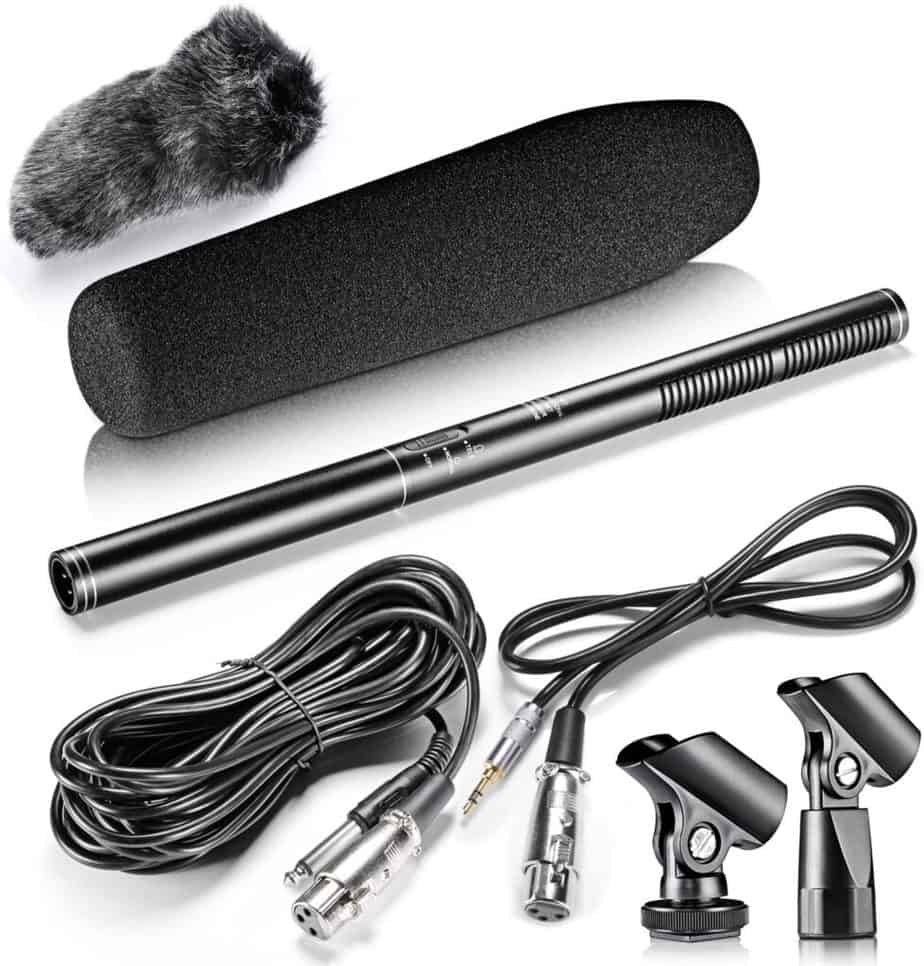
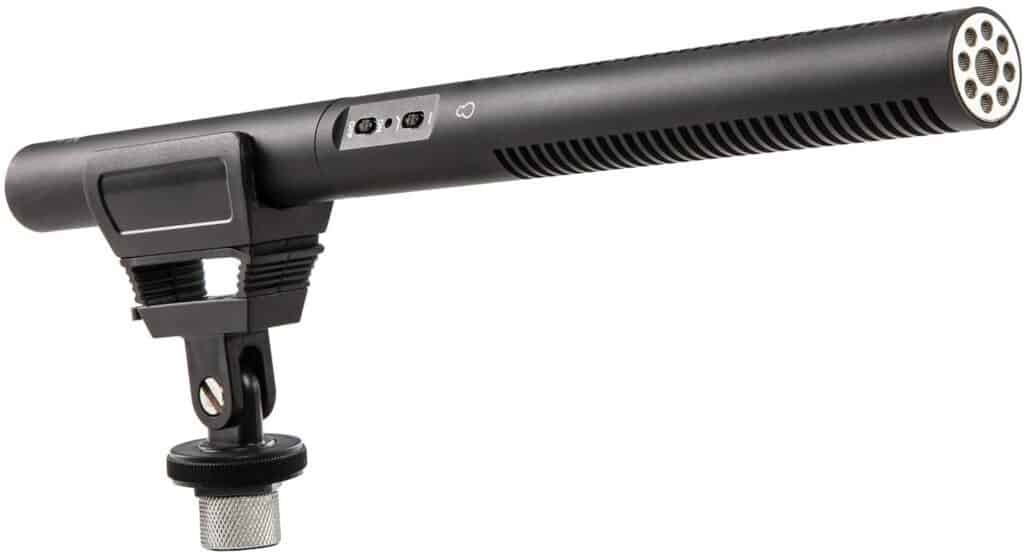
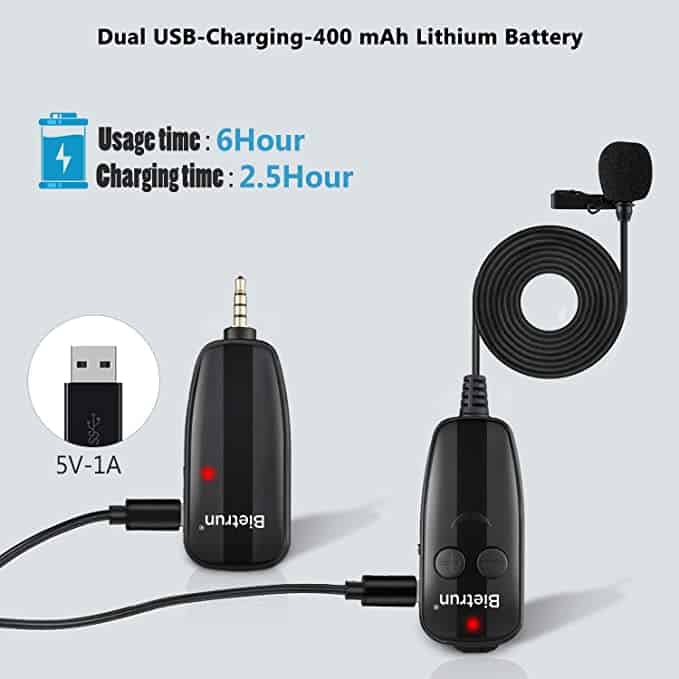
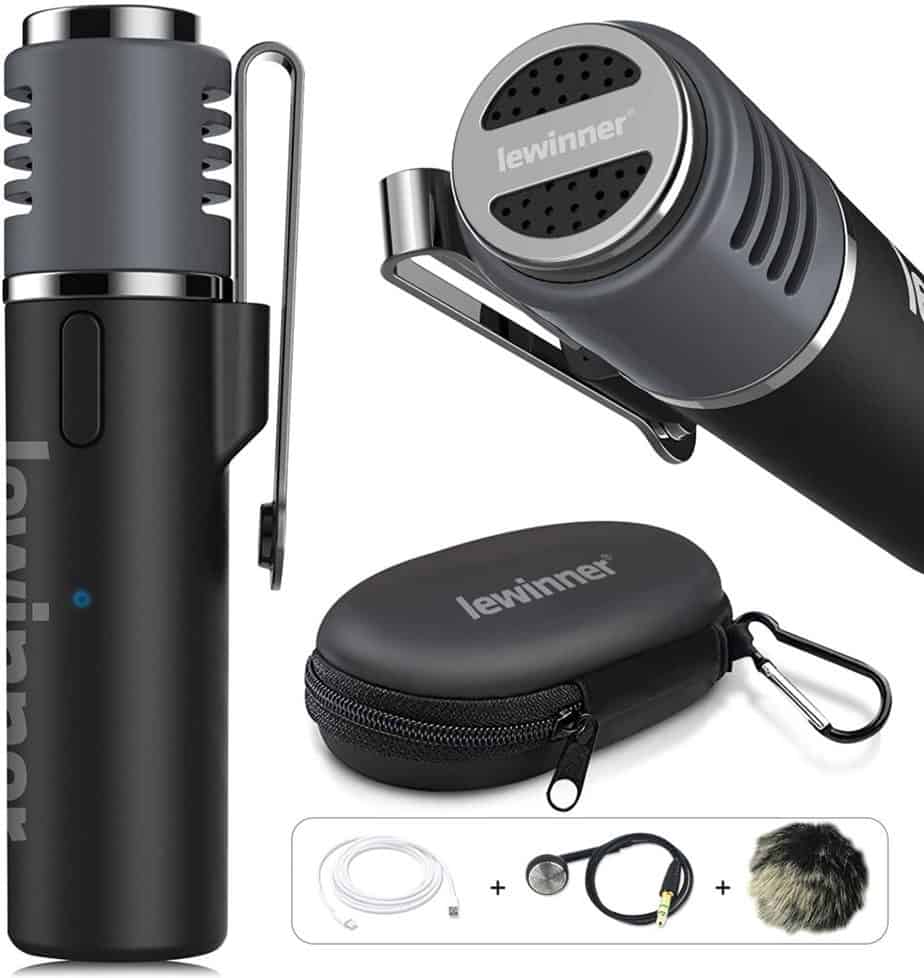
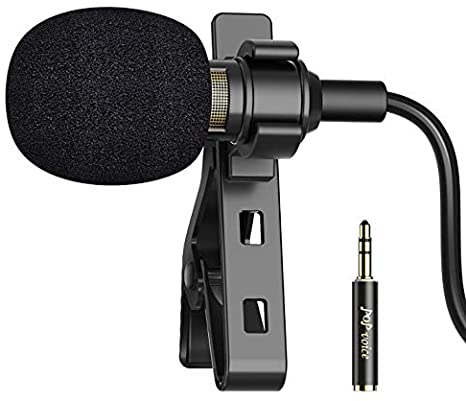
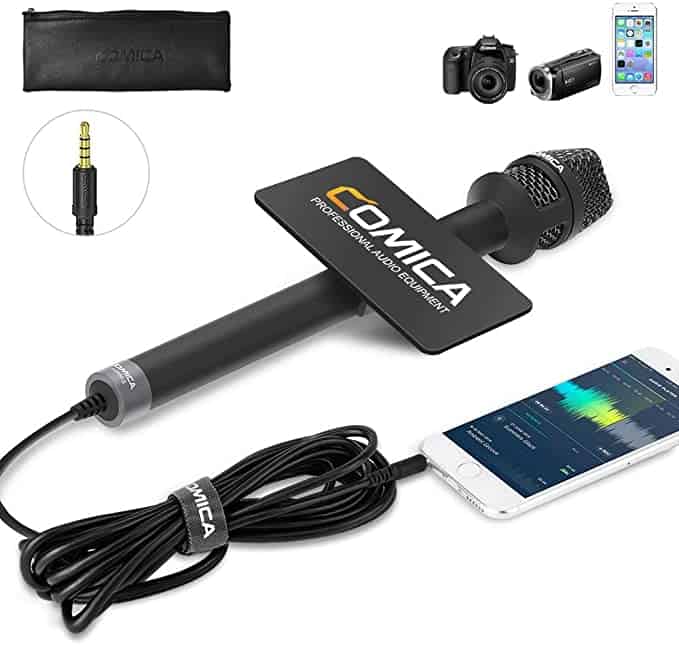
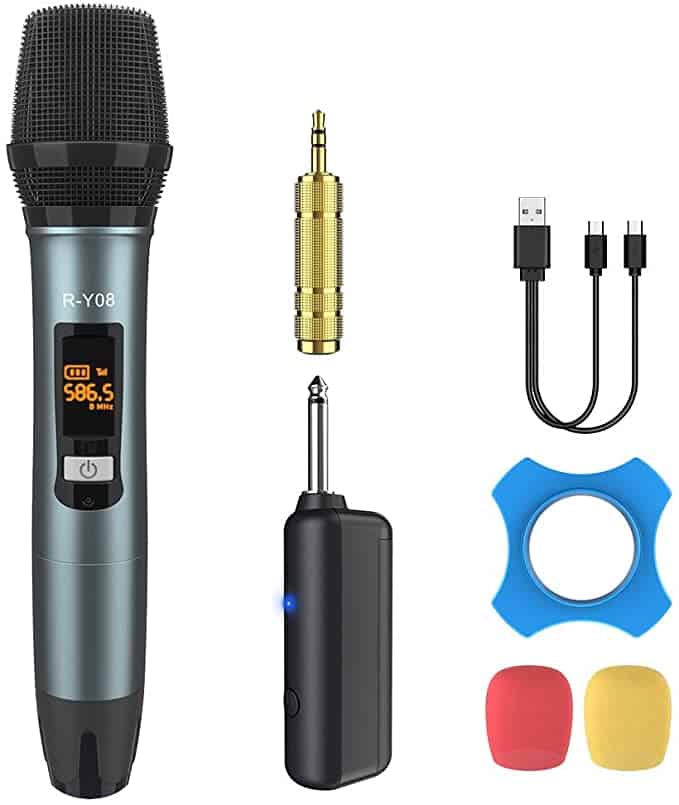
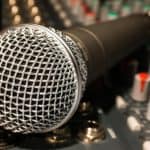
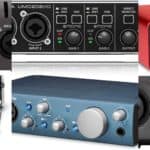
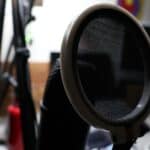


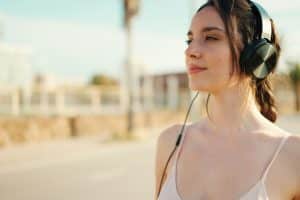


1 comment
Pingback Podcast Spotlight: Obliterate Podcast | Discover the Best Podcasts | Discover Pods
Comments are closed.